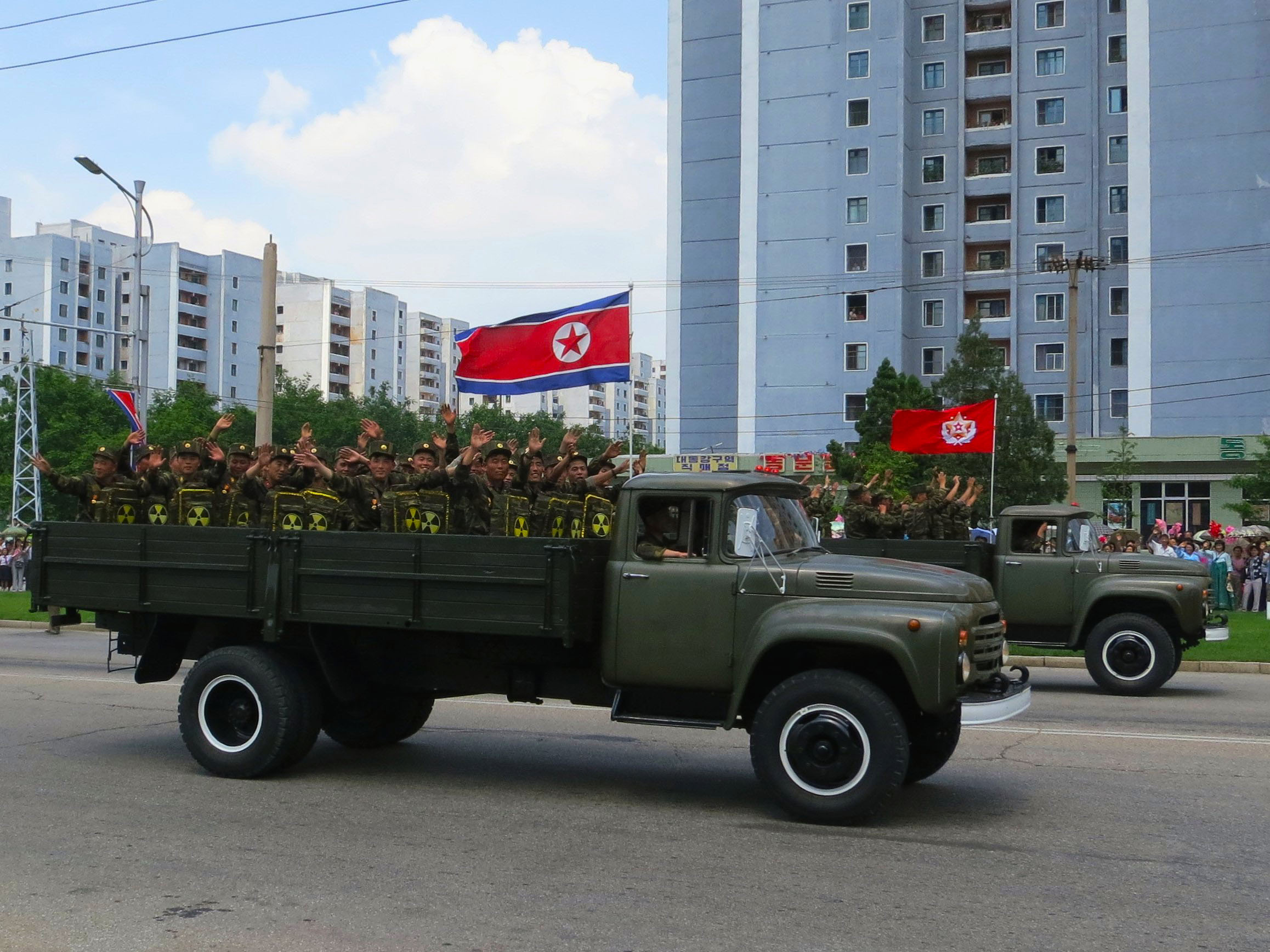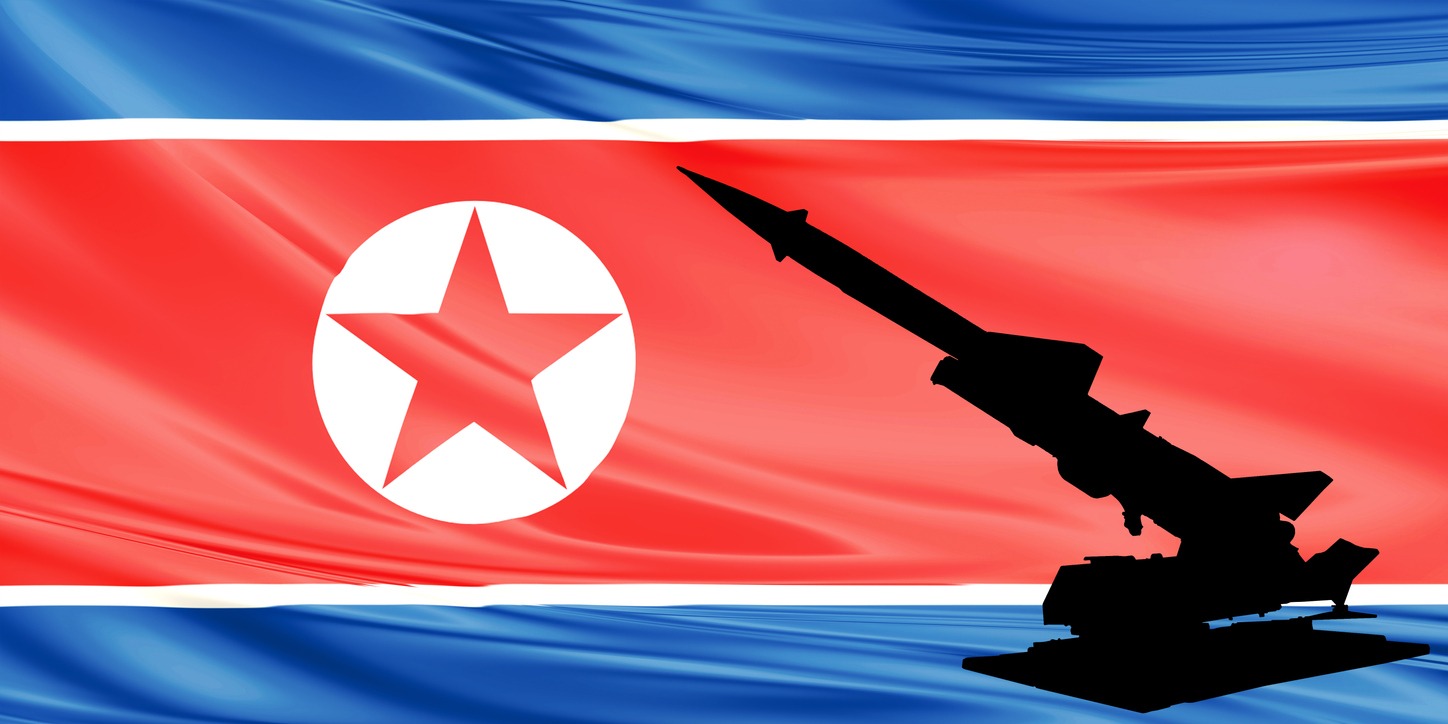[CTR Plus] Comparing the Russian CTR Experience with North Korean Challenges
The DPRK Cooperation Threat Reduction (CTR+) initiative aims to address critical missing elements in the proposed denuclearization of North Korea.
Click on the links to the left-hand side to download the full report and presentation.
This special report by Dr. Siegfried Hecker, “Cooperative Threat Reduction: Comparing the Russian Experience with North Korean Challenges,” discusses how the lessons learnt from the Russian CTR experience can be applied to North Korea, given the challenges that emerge from the unique circumstances on the Korean Peninsula.
Based on his personal involvement in the CTR program for the former Soviet Union, research into the documented histories of CTR programs, and experience visiting North Korea and the Yongbyon nuclear complex, Dr. Hecker compares the Soviet and DPRK cases and makes recommendations for the application of CTR for North Korea.
The report identifies three key differences between the North Korean and Soviet Union cases:
- The Soviet nuclear and missile programs were much bigger than North Korea’s present programs. At the time of its collapse, the Soviet Union had 27,000 nuclear weapons while North Korea has less than 50 nuclear weapons today.
- Politically, the Soviet state collapsed from within, and Russia became the legitimate heir of the Soviet nuclear weapons and missile assets. North Korea has not collapsed.
- The goals of a CTR program with North Korea would be different from those of the Russian program. In North Korea’s case, the end goal of any nuclear agreement must be the elimination of its nuclear weapons and its means of production.
With these differences in mind, the report proposes a number of recommendations for a North Korean CTR program:
- Keeping the Focus on CTR: In order to succeed, the CTR applied to North Korea must be truly cooperative, incorporating projects that meaningfully engage both sides — especially personnel from the host country. This means that one side (the U.S., ROK) should not dictate terms to the other (DPRK). The approach should be to prioritize clearly defined individual threats instead of grand political objectives such as democracy building or influencing domestic politics. Individual program objectives should focus on reducing the threat, not eliminating the entire threat immediately.
- Sustaining U.S. Political Support: There must be strong, sustained bipartisan U.S. support that survives presidential transitions and shifting political winds in the halls of congress. North Korea’s nuclear program was built over decades, so reducing or eliminating it will take many years. Budgetary authority will have to be secured and sustained to support the endeavors of the program over the long term.
- Proposing cooperative military to civilian conversion of North Korea’s nuclear and space programs: The focus on “denuclearization” will continue to be problematic in dealing with North Korea. Instead of a short-term focus on denuclearization, one strategy would be for Washington to offer Pyongyang a long-term grand bargain to achieve the eventual elimination of North Korea’s nuclear weapons program by assisting Pyongyang in converting its military nuclear and space programs to civilian use.
- Focusing on bilateral programs, but welcome international participation: Many issues are sensitive and require focused bilateral cooperation for technical and political reasons. Some areas of cooperation can be strengthened by multilateral participation.
- Working with North Korean personnel: The DRPK should identify its training needs for personnel – experience of Soviet CTR showed that it is essential to have the host country help identify the training needs. For example, in Russia the U.S. provided training assistance for the appropriate methodologies of nuclear materials protection, control, and accounting – and the situation would likely be similar in North Korea.
- Eliminating North Korea’s chemical weapons as a confidence building step for nuclear disarmament: A CTR program for chemical weapons elimination could pave the way for normalization of relations between the DPRK and US which will be a necessary precursor for the eventual elimination of nuclear weapons. Chemical weapons are not a deterrent so North Korea doesn’t stand to lose much strategically from their elimination, but in doing so both sides gain valuable confidence in their ability to cooperate.
At the first webinar of the CTR+ series, “Applying CTR to the Korean Peninsula,” Dr. Siegfried Hecker delivered a presentation based on his paper. Click on the adjacent link to download his presentation. You can also watch his presentation here.
About the Author
Dr. Siegfried Hecker is a professor emeritus (research) in the Department of Management Science and Engineering and a senior fellow emeritus at the Freeman Spogli Institute for International Studies (FSI). He was co-director of CISAC from 2007-2012. From 1986 to 1997, Dr. Hecker served as the fifth Director of the Los Alamos National Laboratory. Dr. Hecker is an internationally recognized expert in plutonium science, global threat reduction, and nuclear security.
Disclaimer: The opinions articulated above represent the views of the author(s) and do not necessarily reflect the position of the Asia Pacific Leadership Network or any of its members.

![[CTR Plus] Comparing the Russian CTR Experience with North Korean Challenges](https://cms.apln.network/wp-content/uploads/2021/10/KakaoTalk_Photo_2021-10-08-17-14-08.jpeg)
![[WMD] A Looming Strategic Arms Race in the Asia-Pacific Region: From a Chinese Perspective](https://cms.apln.network/wp-content/uploads/2021/10/KakaoTalk_Photo_2021-10-21-10-35-34.jpeg)

